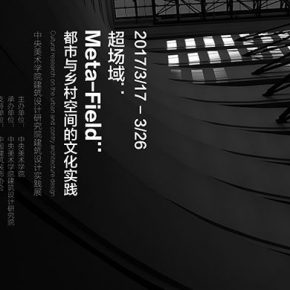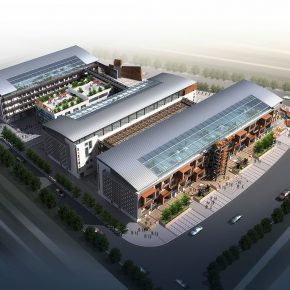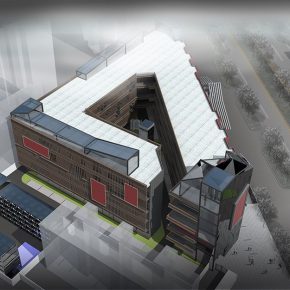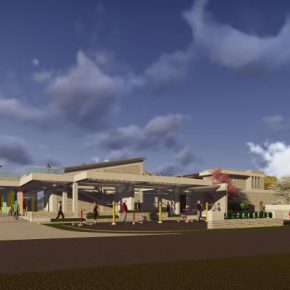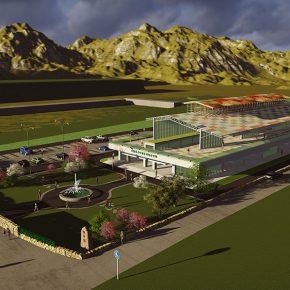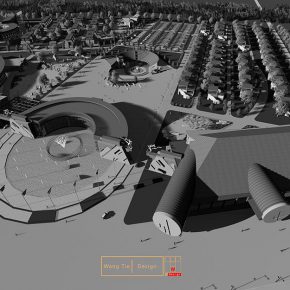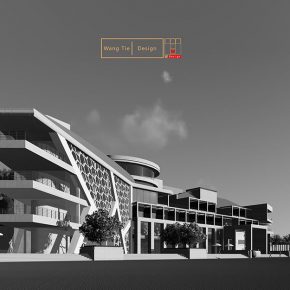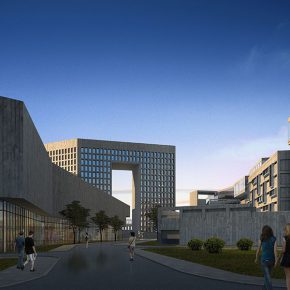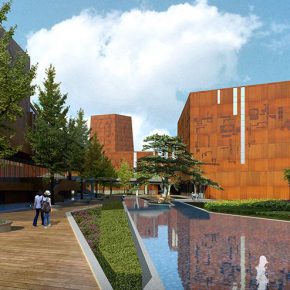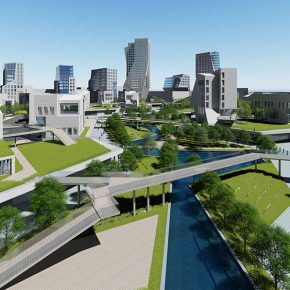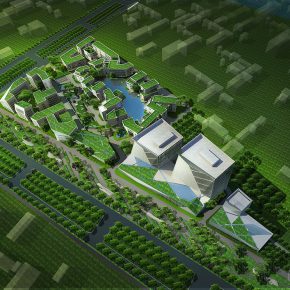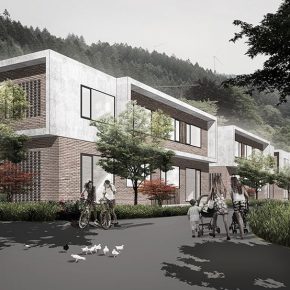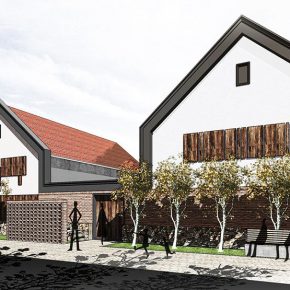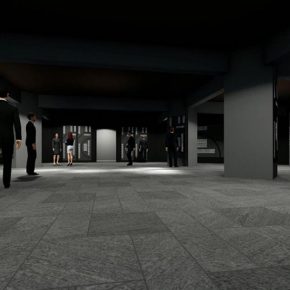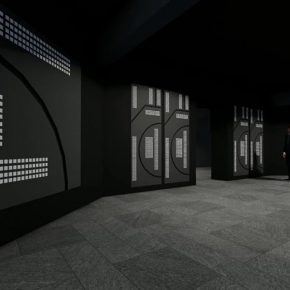
On March 17, 2017, “Meta-Field: Cultural Research on the Urban and Country Architectural Design” will be held at the underground exhibition hall of the Building 5, the Central Academy of Fine Arts.
It is the first exhibition for the Institute of Architecture and Design at the Central Academy of Fine Arts, and also part of the warm-up to the academic exchange activities ahead of the 100th Anniversary of the Central Academy of Fine Arts; and it announces that the research of architecture and design in the Central Academy of Fine Arts starts to extend the teaching to social practice, the teachers and students from the Institute of Architecture and Design which was established two years ago, present the school and the public with the design results from the preparation to the establishment over the past two years. The exhibition includes the overall planning of the Yanjiao Campus of Central Academy of Fine Arts and the teaching building of the High School Affiliate to the Central Academy of Fine Arts, the planning of “Beautiful Village” (dwelling, public facilities and landscape space) of two counties in Hebei (including Laishui County in Baoding City and Xinglong County in Chengde City), China Fu Culture Park, Fujian Lacquer Commune, 798 Art Collaboration Innovation, Fujian Island Gucuo Village Culture Tourism Planning, Fuzhou Silk Road Cultural Square, World Chinese Collection Museum, Linquan Innhouse Meditation Research Center in Dalian, and Golden Valley 88 Art Street in Yanjiao, Tourism Restored Hotel and other design practices and research results, and the exhibition is themed the “Ultra-Field: Cultural Research on the Urban and Country Architectural Design”, with the purpose of allowing colleagues to think and explore together.
Today’s Chinese rural and urban space are interwoven and wind together to form a complex “field”, where the architecture has also been formed from the categories of academic and historical definition. The single concept of place moves towards a more extensive field, while the meta is the spatialization of the space field also seeks an extension to the external relations and then society, politics, concepts, material and technology reappear in the whole countryside and urban space, along with the reconstruction of many contemporary cultures which shape the spatial will and emotional elements. The present countryside and cities are facing the challenge with the double squeezing of time and space, and the rapid urbanization that makes history and symbols difficult to continue. The natural and historical coordinates of the production site are constantly cracking, and bringing the space to shape a bigger pursuit and opportunity to surpass the previous idea of construction.
Now the villages and cities have presented the space and places that build a wide area in front of the world, which needs a more powerful interpretation and creation. The meaning of “contemporary” means that it is necessary to accept the existing local cultural resources, and also integrate the art and design concepts continued along with the modernist design and then reshape the rural and urban construction, as well as the general culture of space, the use of creativity and responsibility to transcend the limitations of physical space under the commercial tide. “Meta-Field” attempts to promote the passive and simple horizon then orderly upgrades to a scientific expansion of the cultural and social field, while it is dedicated to solving the medium in the practice and the specific problem of the general spatial core, as well as the extension of social and cultural values, to form the constant practices with the current intention andmeaning, the place and field.
Courtesy of the organizer, translated by Chen Peihua and edited by Sue/CAFA ART INFO.


